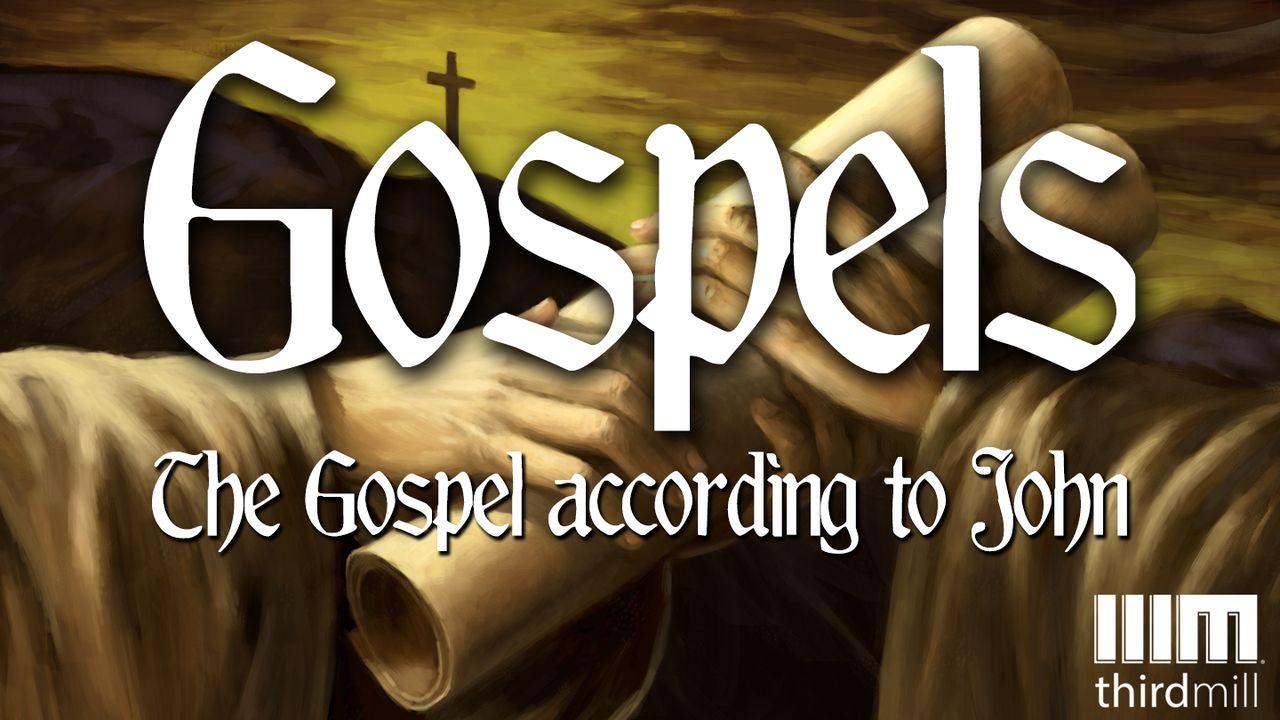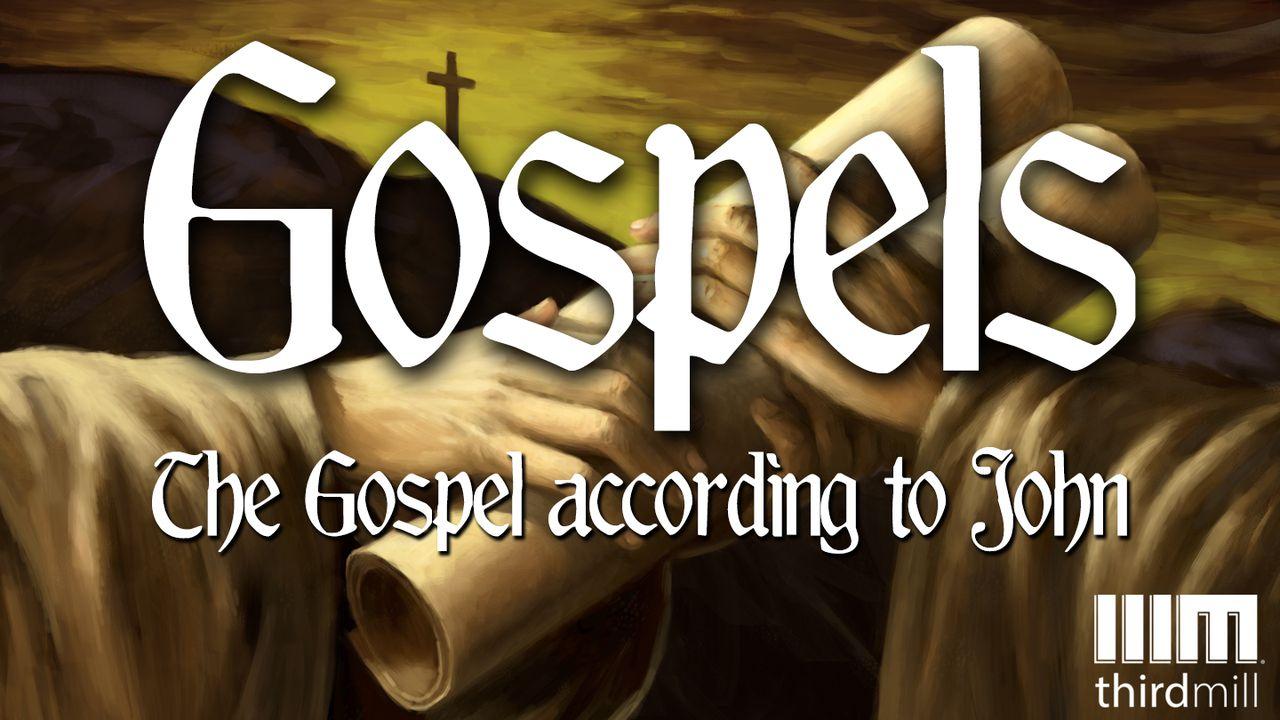Informació del pla
The Gospel According To JohnMostra

Jesus’ Death: John 18:1-19:37
In John’s gospel, Jesus’ death and resurrection, and their associated events, are often described as the hour of Jesus’ glory. In the Old Testament, the word “glory” often referred to the presence of God among his people. Throughout Israel’s history, God’s glory accompanied Israel. His glory was the cloud that led the Israelites during their wilderness wanderings in Exodus 16:10. It was in the tabernacle of God in Exodus 40:34-35. And God’s glory dwelt in Solomon’s temple in 1 Kings 8:11. And corresponding to this, in John’s gospel the word “glory” refers to Jesus as God incarnate who dwelled among his people. But when Jesus referred to “the hour of his glory,” he was usually referring to the particular point in his life in which his glory would be demonstrated to the world in the most profound way possible. In other words, he was referring to his death and resurrection.
We don’t normally think of death as glorious. But Jesus’ death and resurrection purchased reconciliation for God’s people. His voluntary self-sacrifice and resurrection brought salvation and life to everyone that believed in him and received him as Messiah. They revealed God’s love and power to us in ways we never would have realized otherwise. They were tragic, but they were beautiful. And they brought God immeasurable honor and praise. In short, they were the most glorious events ever to take place in human history.
The account of Jesus’ death and resurrection divides into three main parts, beginning with his arrest and trials in John 18:1–19:16.
First we read of Jesus' arrest in 18:1-11. After Judas betrayed Jesus into the hands of the authorities, soldiers and officials from the chief priest and Pharisees came and arrested Jesus. In 18:12-27, Jesus was brought to Caiaphas, the high priest, to be questioned. During this time, Peter denied Jesus three times, just as Jesus had prophesied.
Next, Jesus was tried by the Roman governor Pilate in 18:28–19:16. Pilate concluded that Jesus was innocent, but didn’t release him for fear of the Jews. But the true power behind Jesus’ arrest and trials was God himself. Neither Pilate nor Caiaphas was really in control. Everything happened according to God’s plan. As we read in John 19:10-11:
> Pilate said, “Don’t you realize I have power either to free you or to crucify you?” Jesus answered, “You would have no power over me if it were not given to you from above.”
The second major portion of John’s account of Jesus’ death and resurrection is the crucifixion in John 19:16-37.
In his account of Jesus’ death, John explained how the particular events of the crucifixion fulfilled several Old Testament expectations for the Messiah. These details demonstrated that Jesus wasn’t taken by surprise; everything took place according to God’s plan.
Throughout his arrest, trials, and crucifixion, Jesus quietly maintained unbowed dignity. The Son of God laid down his life for his people, and in so doing revealed the glory of God in a way it had never been revealed before. How far would God go to deliver his people? All the way to the cross!
Escriptures
Sobre aquest pla

This reading plan explores the fourth gospel. John wrote the fourth gospel to assure persecuted Jewish believers that Jesus was the fulfillment of God's ancient promises to the Jews; that Jesus really is the Christ, the ...
More
